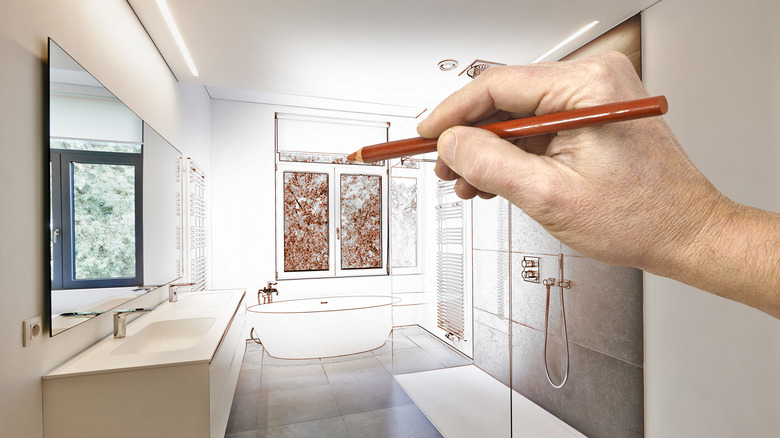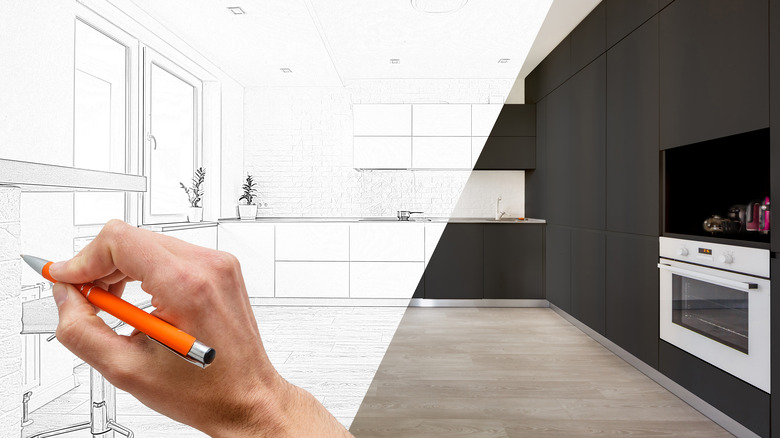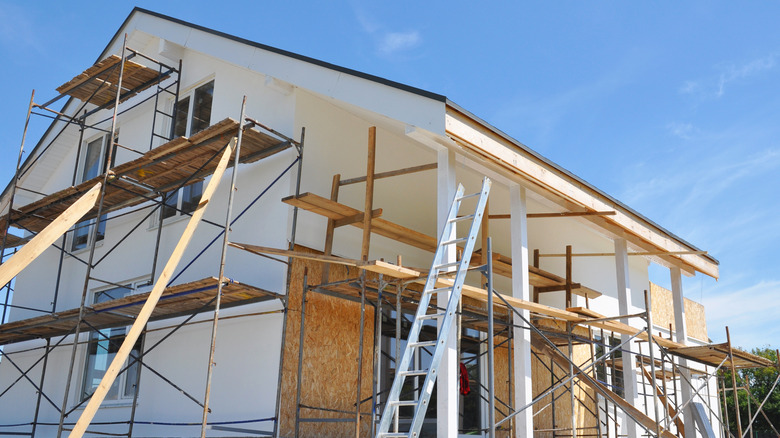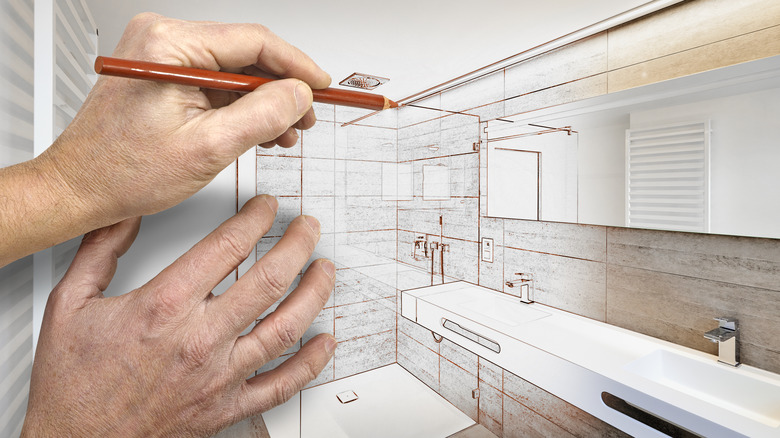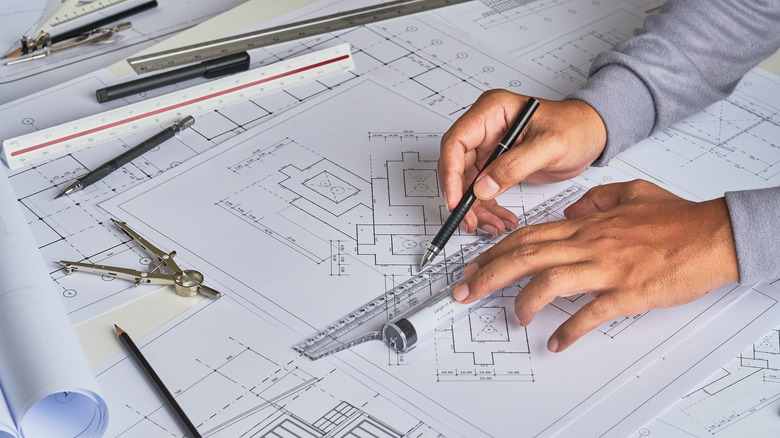What Does Design-Build Mean In Home Renovation?
When thinking of renovating your home, there are two options you may choose: You can either hire a contractor or go the design-building route. The design-build approach to construction is a common term that you might have come across before. It's a type of construction that provides wholesome construction in terms of designing, execution, and, eventually, delivery. Many people consider this type of construction as a recent invention but it's been in existence a lot longer than most people realize.
The Design-Build Institute of America (DBIA) was founded in 1993 but the practice dates back further. Design-build is ideal for different home renovation projects of different scales, right from a simple kitchen remodel to a full home addition. But what really is the design-build process; is it any better than the conventional type of construction? If you're asking yourself these questions, stick around to find out more about design-build and whether it is right for you.
What does design-build mean?
In essence, the term design-build is used to refer to the seamless and continuous process of construction, where every major player is from the same company and working as a team. With the design-build approach to construction, you have the architects, interior designers, contractors, and even the different engineers working on the same project from start to end. This goes a long way in bringing harmony and cohesion to the building process, not to mention how fast the process is compared to the traditional way of construction (via Design-Build Institute of America).
It doesn't stop here, some design-build companies go the extra mile of taking care of the permit and engineering issues necessary for the specific renovation; therefore, making your work way simpler as a client. With every stakeholder under one roof, it's easier to do accurate budgeting and you also have some room for negotiation as well. The seamless coordination between the client and other players in design-build construction projects makes communication easy and effective.
Design-build vs design-bid-build
As mentioned earlier, there are two ways you can go about construction and renovations in your home. The traditional approach to building is what is referred to as design-bid-build. This process involves getting an individual designer before looking for separate contractors for the building process. Typically, you'll have to look for several quotes and end up going with the one that fits your budget best. One shortcoming of this approach is that you as the client have to assume both the design and construction risks because the two parties have no legally binding agreement of working together.
Design-build on the other hand involves high levels of collaboration; hence, the risk is all in one entity. Design-build, which is considered a more recent approach to building and construction, has good future prospects. Statistics from the Fails Management Institute highlight that design-build construction is projected to represent up to 47% of all construction spending over the next three to four years.
Advantages of design-build
One of the major perks that the design-build process comes with is the direct line of communication right from the beginning to the very end of the construction. The design development process happens in a team collaborative manner. There is an open discussion about the cost that gives you the right avenue to discuss the different ways you could save. For instance, the builder will advise you on certain features that you can substitute to reduce the cost of renovation.
Also, as noted earlier, because you're working with a team, the risk is reduced to a single entity. This, therefore, means the company will have to perform above and beyond to deliver as far as quality is concerned. Essentially, working with a team of professionals helps you avoid unprecedented surprises, as everyone is aware of the objective and is working around an agreed-upon budget (via The Business Journals).
General contractors vs design-build companies
For a long time, hiring a general contractor has been the way to go for most people looking to renovate or build property. The main duty of a general contractor is to make sure the design they're given is built according to code (via Nearby Engineers). Another duty that the general contractor is responsible for is hiring subcontractors who are going to deal with other duties like carpentry or plumbing works. A general contractor's task is to see that the plans and designs given are executed to completion and have no say in the plan development.
On the other hand, design-build companies have duties that extend beyond what a general contractor does. Other than making sure the project is done right and in accordance with the building codes, they also take part in the design planning and also share the same vision as the owner. What this means is that the client's vision is the driving force of the project, which is exactly what you want whether for a renovation or entire construction.
Is design-build for you?
Whether it's a home renovation, a minor addition, or construction from the ground up, design-build is an advantageous way to go — for the reasons stated above. Also, if you have an idea that you want a reliable team to help you develop, working with a design-build firm will help you realize exactly that. This team of professionals will not only help with design formulation but will also be with you every step of the way, making sure that you get to realize your vision.
A study on the comparison of design-bid-build and design-build (via The Beck Group) shows that a collaborative effort often produces reliable outcomes for the client. When different individuals who do not necessarily share the same vision take up a project, some crucial information is likely to get lost in translation. Also, such an environment doesn't give room for accountability since everyone tries to shift blame to the next person whenever mistakes happen. This might lead to delays and inflated budgets, a scenario less likely with a design-build approach.
